
Jason Vazquez is a staff attorney at the International Brotherhood of Teamsters. He graduated from Harvard Law School in 2023. His writing on this blog reflects his personal views and should not be attributed to the Teamsters.
It has been nearly ten months since the Supreme Court’s ruling in Loper Bright Enterprise v. Raimondo displaced Chevron’s longstanding injunction that courts must defer to an agency’s “reasonable” interpretation of a statute Congress empowered it to administer — a bedrock precept of administrative law — with the directive to instead exercise “independent judgment in deciding whether an agency has acted within its statutory authority.” While a dramatic uprooting of precedent, early indications suggest Loper Bright may not entirely overhaul judicial review of NLRB decisions. To be sure, in the months since Chevron’s interment, barely a handful of the cases the NLRB has litigated have involved statutory construction, and only five circuits have addressed the degree of deference the Board merits in a post-Chevron landscape. Even so, while these early cases reveal an emerging circuit split, the courts have proved largely disinclined to disrupt the Board’s policymaking capacity.
As contributors to this blog have explained, Loper Bright is predicated not on constitutional considerations but statutory construction; the Court held that Chevron’s animating presumption that Congress desired that agencies rather than courts elucidate statutory ambiguities defies the APA’s command that judges reviewing regulatory actions must “decide all relevant questions of law.” The Court declined to embrace the more sweeping theory, urged in Justice Thomas’ concurrence, that the sort of deference Chevron contemplates is necessarily discordant with the Constitution’s separation of powers, thereby preserving the possibility that other legislation — an agency’s enabling act, perhaps — could override the APA and continue to compel judicial deference to administrative constructions of a particular statute.
In the labor law context, the Supreme Court established a robust regime of deference to the Board long before Chevron, declaring in NLRB v. Hearst Publications that responsibility to elaborate the Wagner Act’s provisions “has been assigned primarily to the agency created by Congress” to implement the statute. Thus, the Justices continued, the Board’s determinations must be upheld so long as they have a “reasonable basis in law.” The Court cemented and extended this principle in subsequent decades, a deeply rooted doctrinal thread which transcends Chevron and should survive the doctrine’s demise. Indeed, the Supreme Court has admonished that lower courts must “follow the case which directly controls,” and this string of cases specifically instructs judges to accord the Board interpretive deference — a mandate Loper Bright nowhere supplants and, in fact, expressly recognizes.
Some of the early movement suggests the capacious deference traditionally afforded the Board remains intact. A panel of the D.C. Circuit, which enjoys jurisdiction over all appeals of NLRB orders, was the first to attempt to articulate a post-Chevron standard governing NLRB statutory interpretations. The case was Hospital de la Concepcion v. NLRB, and in upholding the Board’s decision the panel reiterated that the agency’s legal conclusions are entitled to a “very high degree of deference.” The Circuit has continued to adhere to this approach, affirming in subsequent cases that the agency’s construction of the Act “is afforded considerable deference” and must be sustained “so long as it is reasonably defensible.” The Second Circuit has similarly signaled an intent to continue to “give the Board considerable deference,” and the Supreme Court, for its part, has evinced little appetite to revisit the matter, recently declining to review a Ninth Circuit decision granting muscular deference to the Board.
Not all courts have adopted such a deferential approach, as the Fifth and Sixth Circuits have leaned on Loper Bright to disclaim any rhetorical deference previously offered the NLRB. The latter has insisted it “no longer owe[s] deference to the agency’s interpretation of the Act,” and the former has advised that it will now employ “traditional tools of statutory interpretation” to determine whether the Board’s legal conclusions are consistent with the statute. Judge Easterbrook of the Seventh Circuit has also signaled sympathy for this approach, asserting at a recent oral argument that he is no longer “interested in Board law” since “we have just been told in Loper Bright that we determine what the law is.” Yet despite the categorical disavowals of deference, it is not clear these cases unfolded much differently than they would have under Chevron. The courts continued to invoke NLRB precedent throughout their analysis — and most of them ultimately enforced the Board’s orders.
Amid the incipient split, narrow pockets of consensus have emerged. The appellate courts — including the Fifth and Sixth Circuits — have continued to honor some doctrinal threads counseling deference to the Board on specific issues. For instance, the Fifth Circuit recently concluded that delimiting an appropriate bargaining unit remains “largely within the discretion of the NLRB.” And the Sixth Circuit has similarly recognized that the Board retains “broad discretion” to fashion remedies effectuating the policies of the Act, as have the Ninth, the Third, and the D.C. Circuits.
None of these cases purported to offer any systematic analysis of the degree of deference to which Board decisions are entitled; the courts simply deferred or declined to do so. Late last year, in Alaris Health at Boulevard East v. NLRB, a Third Circuit panel undertook the most extensive exploration of the issue to date. The court acknowledged that it remains “somewhat of an open question” whether the doctrines directing deference to the Board survive Chevron‘s dethroning. While suggesting sympathy to the view that they do — observing that the decisions developing such deference predate Chevron — the court ultimately deemed resolution of the matter unnecessary, finding that in the case at bar the Board’s conclusions passed even de novo muster.
All told, Loper Bright has emboldened some conservative judges to discard any lingering pretense of deference owed the NLRB. Yet this development may not significantly frustrate the labor movement. It is far from obvious the emerging pattern marks a discernible departure from the old regime, as scholars have uncovered that courts reviewing Board orders frequently disregarded Chevron where it should have governed and routinely vacated Board decisions, largely based on ideological predilection, even when invoking the doctrine. Moreover, insofar as Loper Bright licenses more intrusive judicial scrutiny of Board policymaking, union lawyers could conceivably weaponize the case to resist the Trump Board’s inevitable efforts, upon restoration of its quorum, to strip labor protections from working people, a repurposing progressive advocates have attempted with other antiregulatory doctrines. To the extent it is disruptive, in other words, the new regime may prove a double-edged sword, deployable to labor’s benefit as much as its detriment.
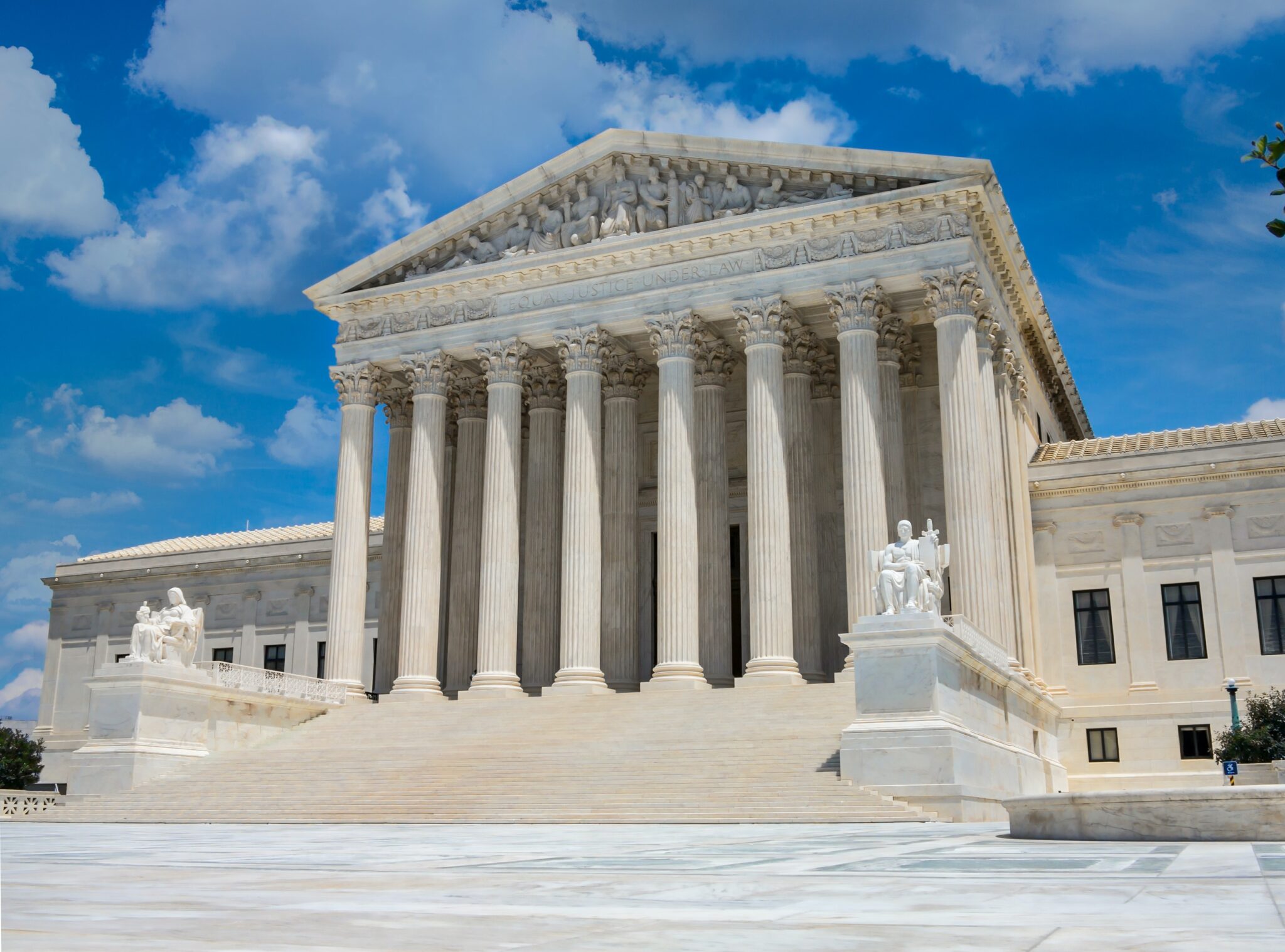
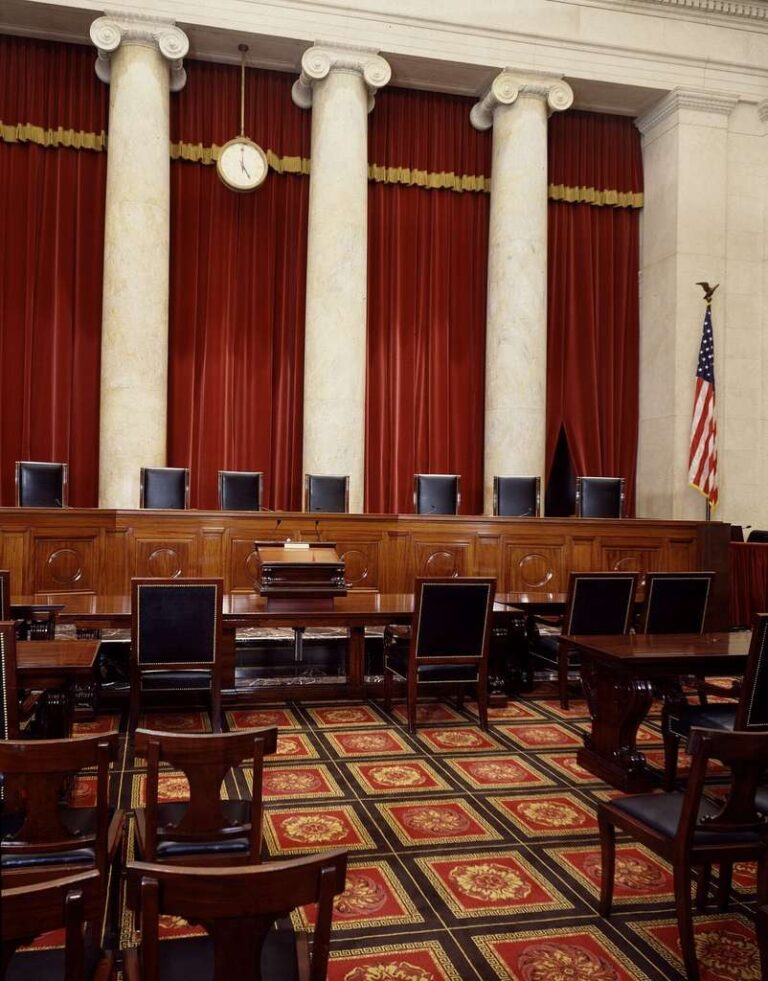
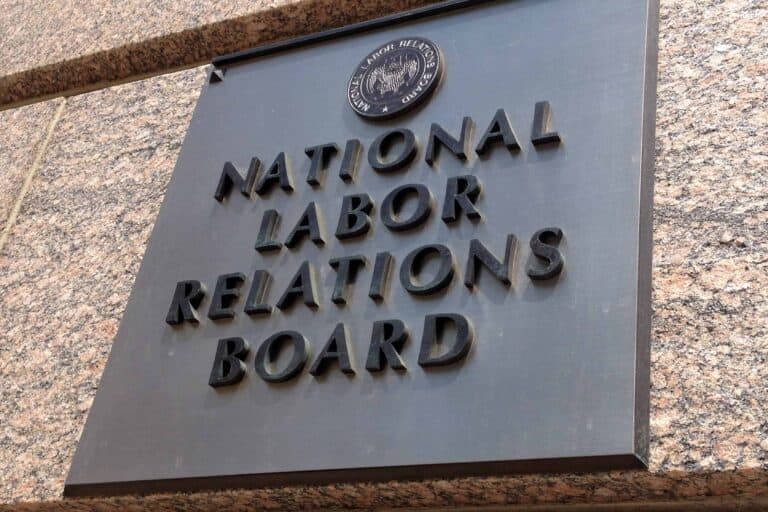

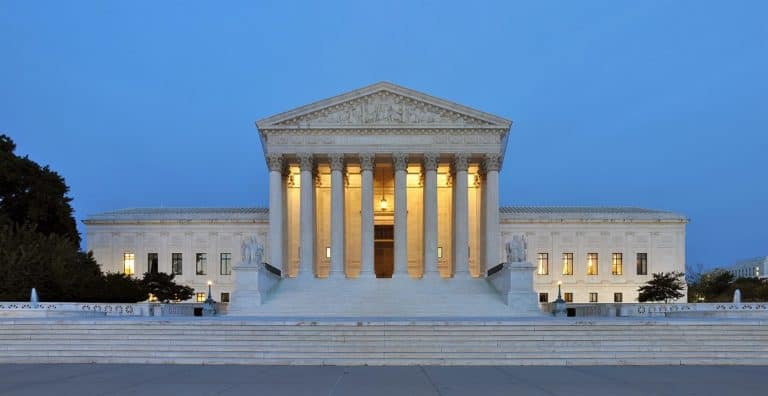


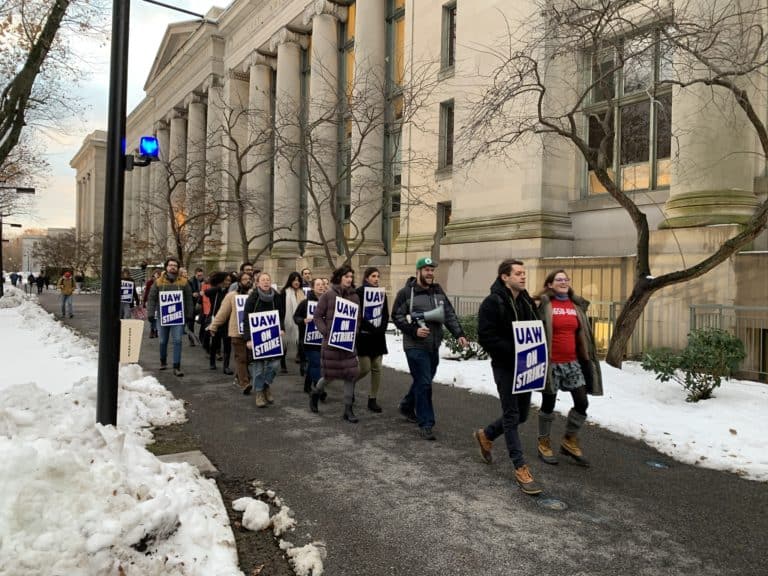
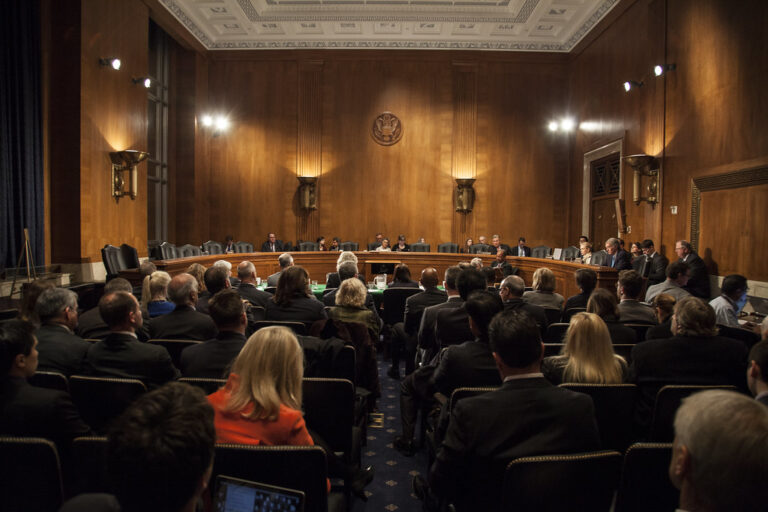
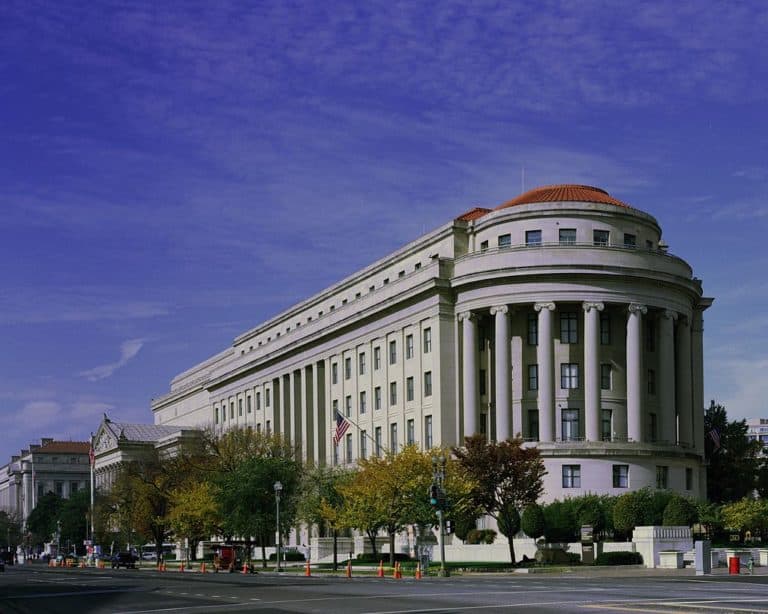
Daily News & Commentary
Start your day with our roundup of the latest labor developments. See all
November 24
Labor leaders criticize tariffs; White House cancels jobs report; and student organizers launch chaperone program for noncitizens.
November 23
Workers at the Southeastern Pennsylvania Transportation Authority vote to authorize a strike; Washington State legislators consider a bill empowering public employees to bargain over workplace AI implementation; and University of California workers engage in a two-day strike.
November 21
The “Big Three” record labels make a deal with an AI music streaming startup; 30 stores join the now week-old Starbucks Workers United strike; and the Mine Safety and Health Administration draws scrutiny over a recent worker death.
November 20
Law professors file brief in Slaughter; New York appeals court hears arguments about blog post firing; Senate committee delays consideration of NLRB nominee.
November 19
A federal judge blocks the Trump administration’s efforts to cancel the collective bargaining rights of workers at the U.S. Agency for Global Media; Representative Jared Golden secures 218 signatures for a bill that would repeal a Trump administration executive order stripping federal workers of their collective bargaining rights; and Dallas residents sue the City of Dallas in hopes of declaring hundreds of ordinances that ban bias against LGBTQ+ individuals void.
November 18
A federal judge pressed DOJ lawyers to define “illegal” DEI programs; Peco Foods prevails in ERISA challenge over 401(k) forfeitures; D.C. court restores collective bargaining rights for Voice of America workers; Rep. Jared Golden secures House vote on restoring federal workers' union rights.